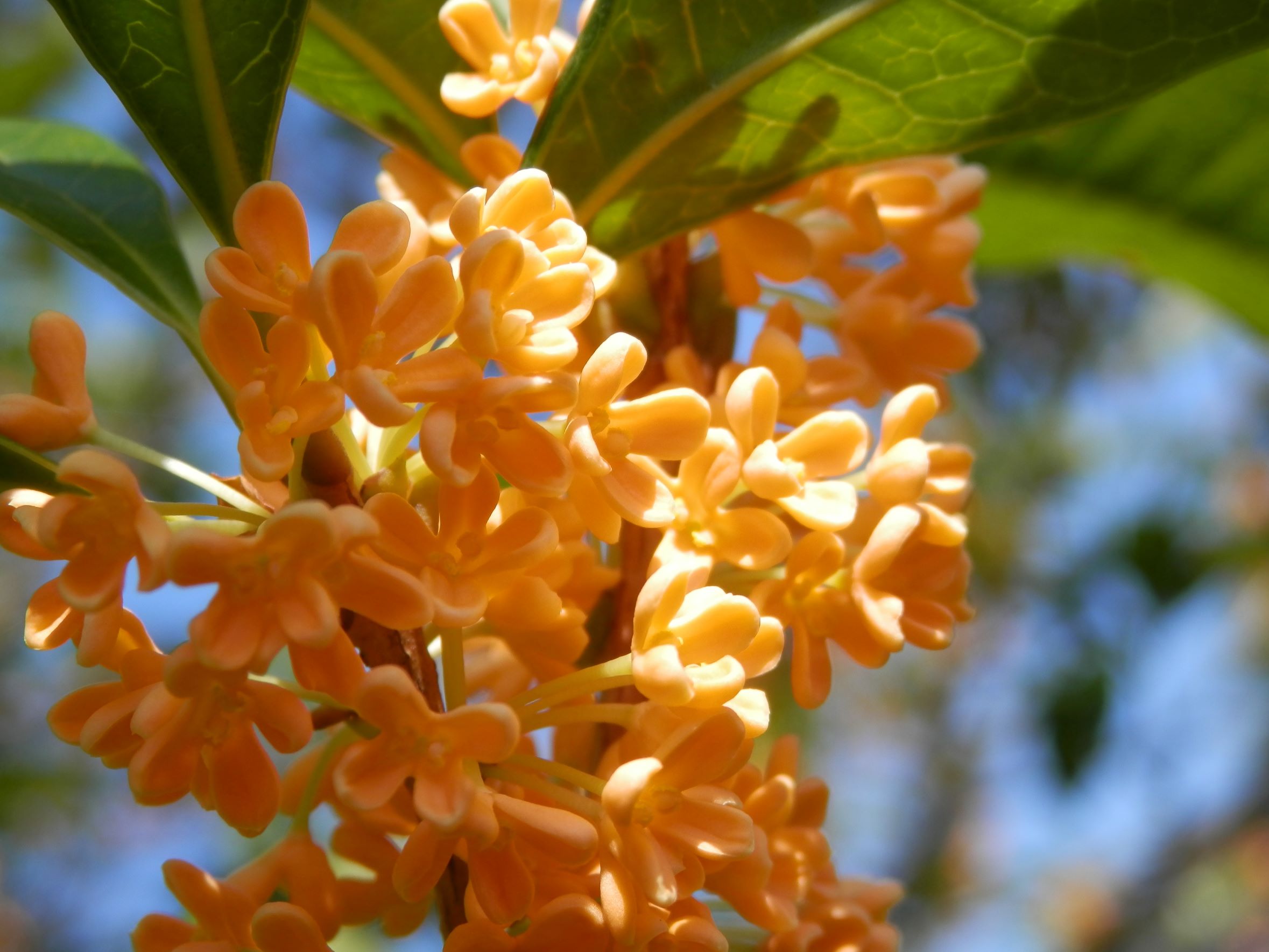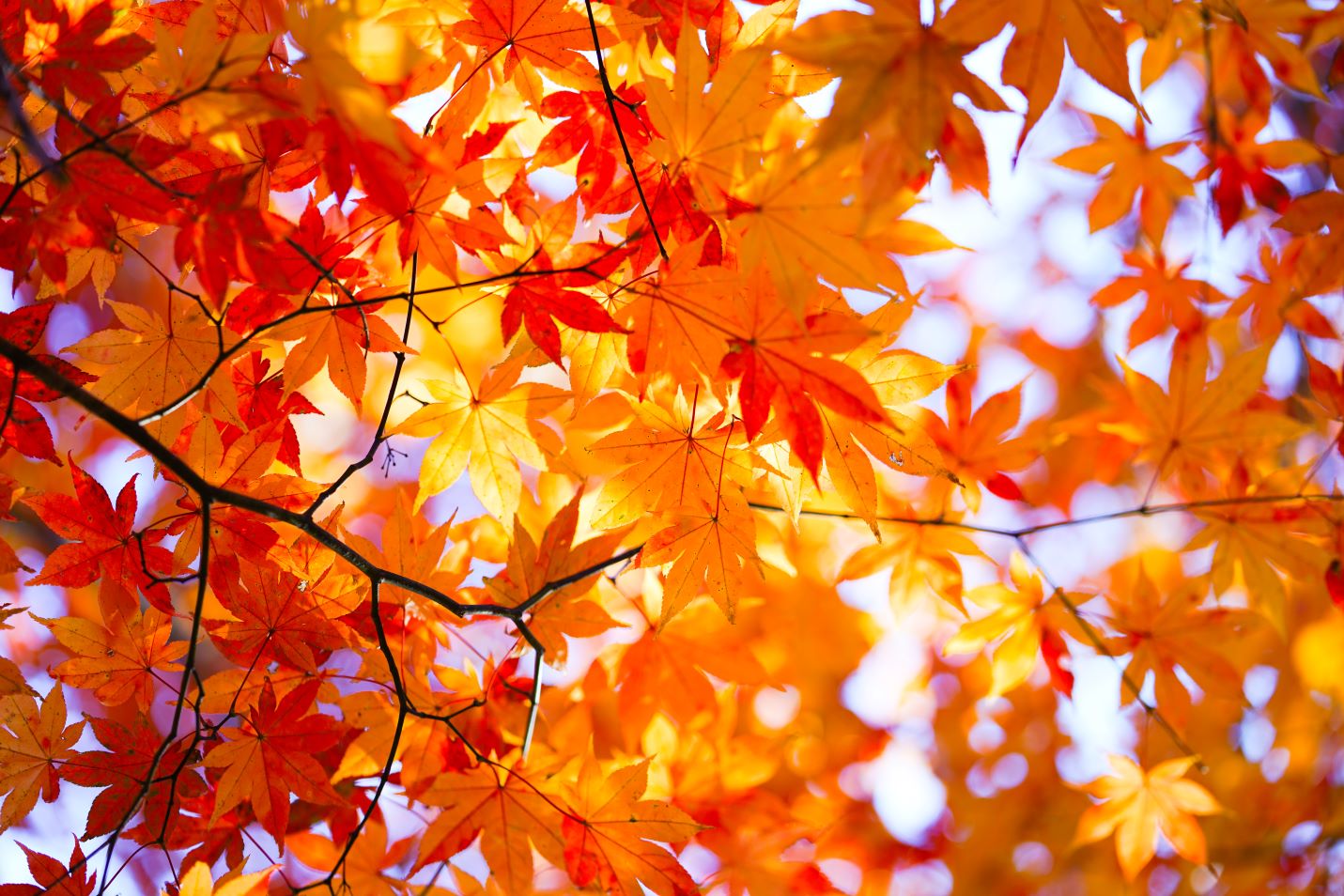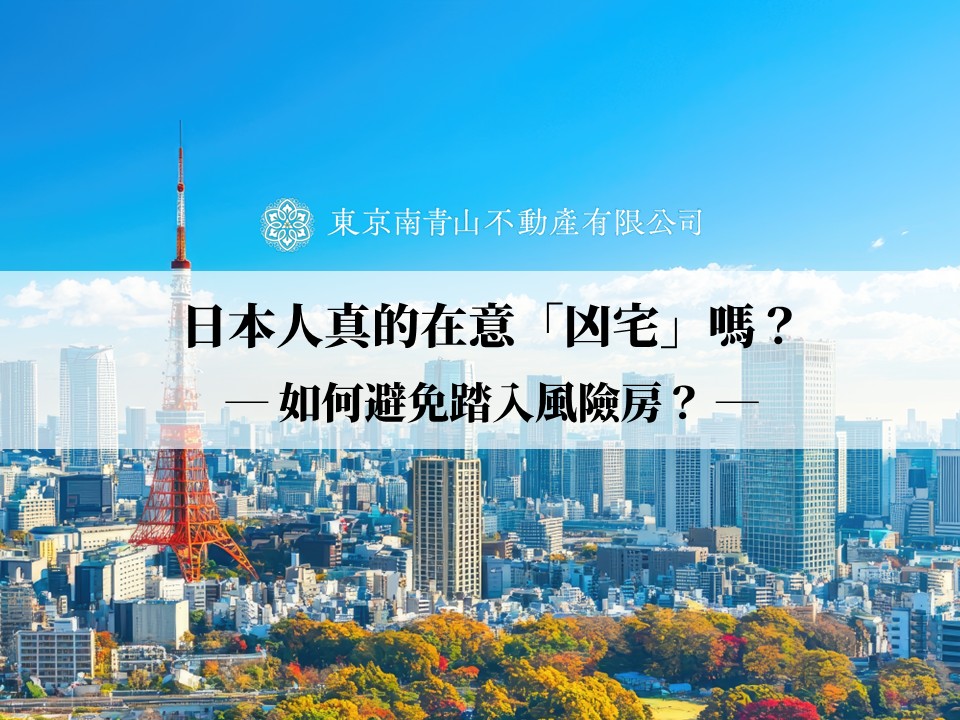August marks the height of midsummer in Japan, with intense sunlight and the constant hum of cicadas filling the air. Yet, even amid the heat, subtle signs of seasonal change begin to appear, hinting at the approach of autumn.
In the traditional lunar calendar, August is known as Hazuki, a name that originally signified the start of autumn. Today, Hazuki still carries that sense of transition — a time when summer begins to wane and the landscape slowly prepares for the cooler days ahead.
1. What is Hazuki? Meaning and Origin of the Japanese Name for August
Theory of the Moon When the Leaves Fall
There is a theory that the origin of the word “hazuki ” is derived from“ the moon when the leaves fall”. According to the lunar calendar, August is from mid-September to early October, and it was considered to be the season when the leaves began to fall and the leaves began to turn.
For this reason, hazuki is thought to have been named as a natural phenomenon that signifies the coming of autumn.
The Season when the Leaves Fall? Difference from Modern Times
Unlike the old lunar calendar, August in modern times is marked by continuous heat waves. This is a far cry from the image of fallen leaves, but it is a uniquely Japanese sensibility to detect signs of the coming season in the color of the sky, slight changes in the wind, and the sound of insects.
2. The Leaf Moon and the Differences between the Old Cw Calendars
The Entrance of Autumn in the Old Calendar
According to the old calendar, the leaf moon corresponds to around September in the present day, and the autumn wind had already begun to blow. Therefore, it is natural that it is said to be the month when the leaves fall.
Gap in the Sense of Seasons with the New Calendar
In the modern calendar, August coincides with the peak of summer, so there is a gap between the name of the moon and the actual climate. Knowing the difference will deepen your understanding of calendar history and culture.
3. Hazuki and Obon: Japanese Culture Facing Ancestors
Obon Events and Sorei Faith (Ancestral Spirit Worship)
August is the season of Obon. It is a unique event in Japan that combines Buddhism and Sorei Faith, and the custom of welcoming ancestors and offering thanks to them using such things as Mukaebi (A mukaebi refers to a small ceremonial fire lit at the beginning of the Obon festival in Japan. It is traditionally placed at the entrance of a home to guide the spirits of ancestors back to the household.), Okuribi (An okuribi is a fire lit at the end of the Obon festival to send the ancestral spirits back to the spirit world. It marks the conclusion of the visit from the ancestors.), and Chochin (A chōchin is a traditional Japanese lantern made of paper or silk with a bamboo frame.) has spread across the country.
Family Connection and Tranquility
Spending time quietly in one's hometown when one's family returns home is symbolic of the Japanese spiritual culture. It is also a moment to return to one's roots in the midst of a busy daily life.
4. Nature and Scenic Features of Hazuki
Hearing the Signs of Autumn in the Sound of Insects
At night, you can hear the sounds of bell crickets and bell crickets. Their sound, which is different from that of daytime cicadas, bring you a sense of autumn. Hazuki is a time when you can appreciate the changing seasons with your five senses.
Fireworks and Okuribi Night
Fireworks festivals, a summer tradition, also reach their peak around this time. On the other hand, the okuribi of the Obon festival is clothed in silence, creating a contrasting scene. The coexistence of bustle and silence accentuates the summeriness of Japan.
5. The Taste of the Hazuki Moon and the Blessings of the Season
Summer Vegetables and Obon Offerings
Summer vegetables such as eggplants and cucumbers are in season at this time of year. The custom of offering cucumbers as horses and eggplants as cows, known as shoryoma, speaks to an aspect of Japanese culture that connects us to our ancestors through vegetables.
Feeling the Change of Season at the Table
In addition to summer delicacies such as edamame and corn, early autumn fruits such as pears and grapes begin to appear on the market. You can enjoy the sense of the season at the table.
Cucumber horse and eggplant cow (Shōryō-uma, spirit animals for the Obon festival)
Kōsui pear
6. The Heart of the Hazuki Moon in Your Life
Wisdom and Ingenuity to Enjoy the Cool Air
From the sound of wind chimes, uchimizu, and bamboo screens, Japanese people have the wisdom to experience the cool air through sight and hearing. Hazuki is also the month when ingenuity to spend a comfortable time with the help of nature shines.
Time to be in Harmony with Nature
Living in harmony with nature is calming, even in the midst of extreme heat. Listening to the sounds of insects and gazing at the sky at sunset can add a peaceful touch of color to your daily life.
The scenery of the moon-lit moon, where summer and autumn intersect, is still and moving.
A Magical Night with the Mukaebi and Okuribi Fires
The light of the lanterns swaying in front of the entrance. A fantastic landscape that only appears on the night of Obon spreads out.
Summer Night Sky with Fireworks
Large fireworks decorate the night sky. Many people engrave their emotions as the end of summer in Japan.
Vegetable Spirit Horses and Butsuzen Decorations
Spirit horses and spirit cows are prepared as part of the Obon tradition. We can see the Japanese spiritual culture of using everyday tools to express the act of welcoming and sending off ancestors.
Obon Mukaebi and Okuribi
Magnificent fireworks illuminating the night sky over the lake











